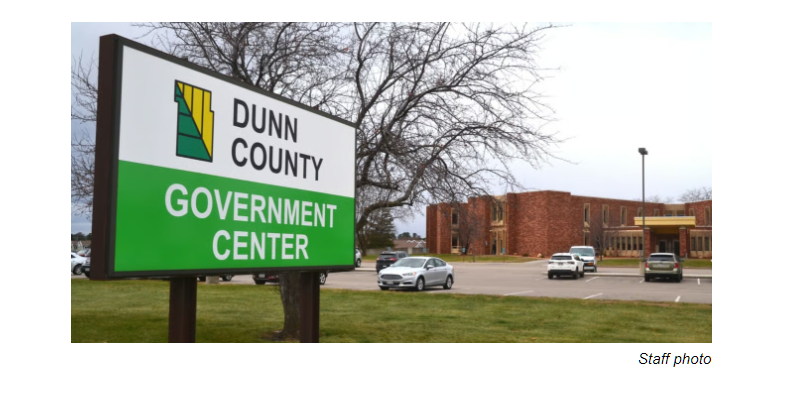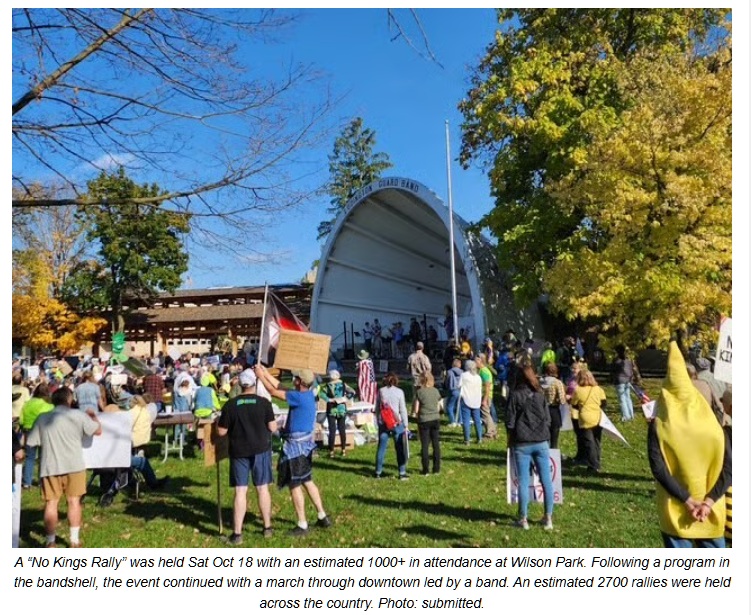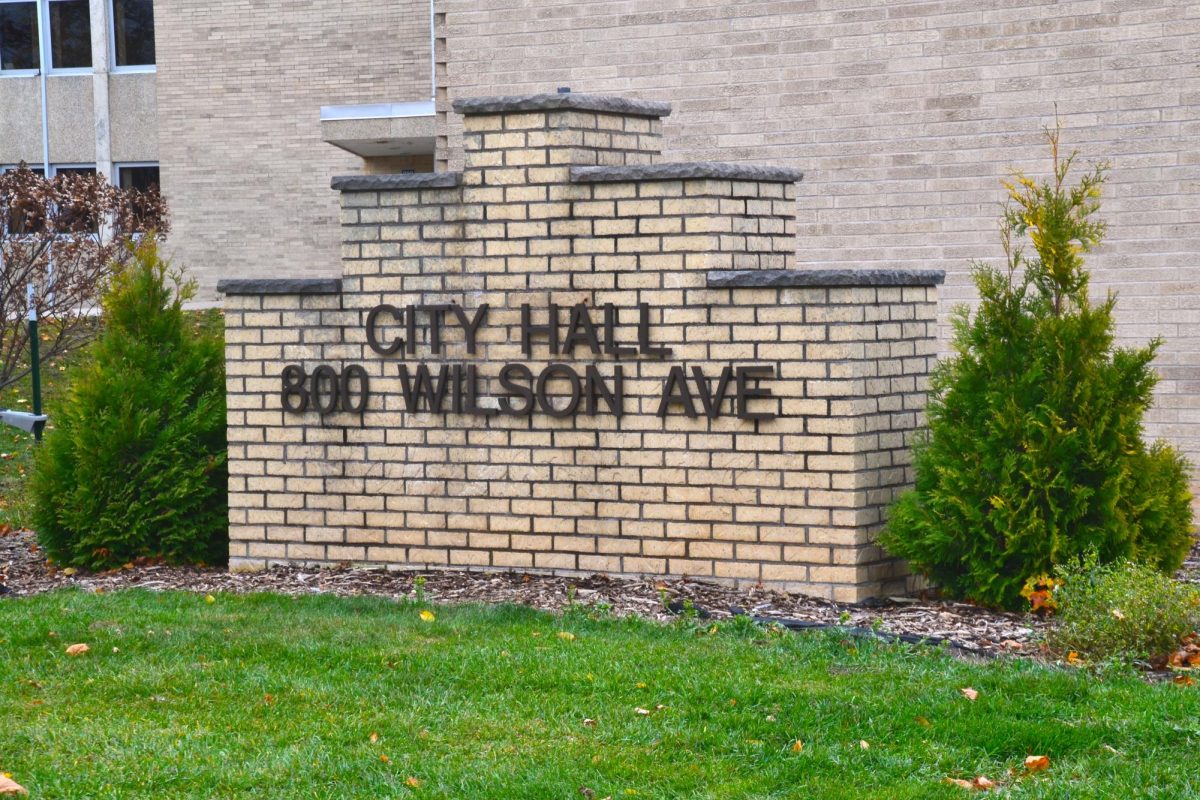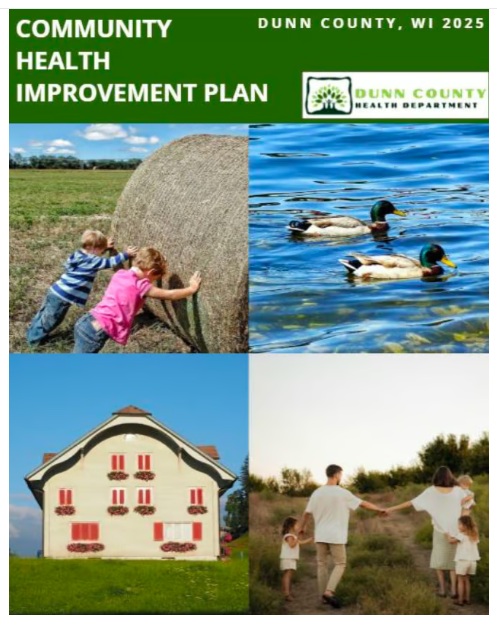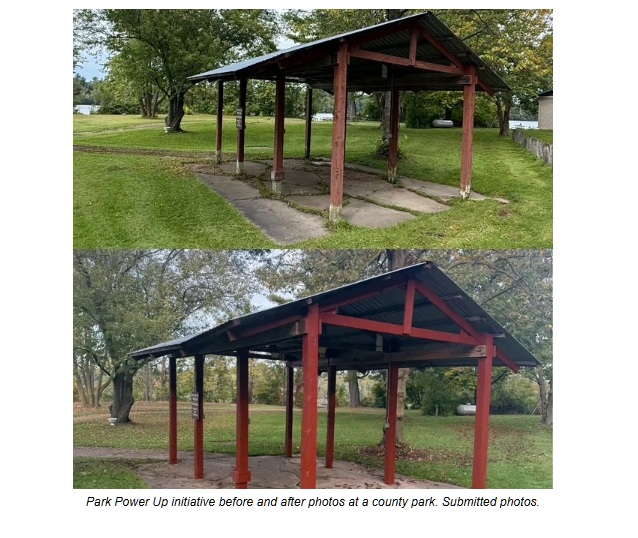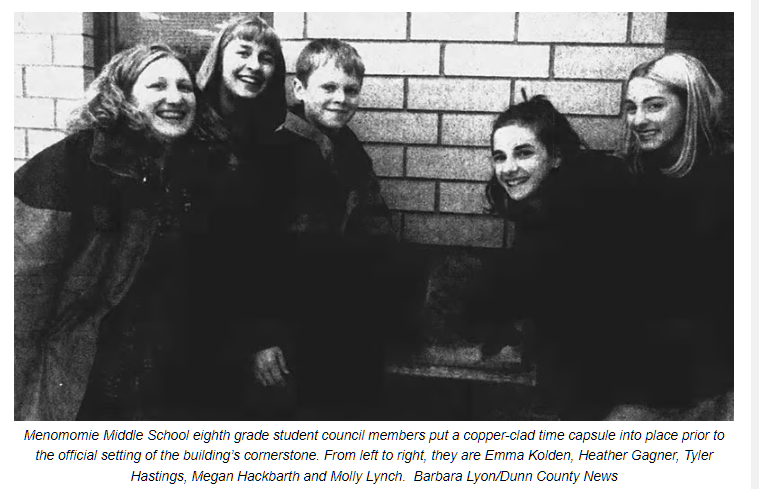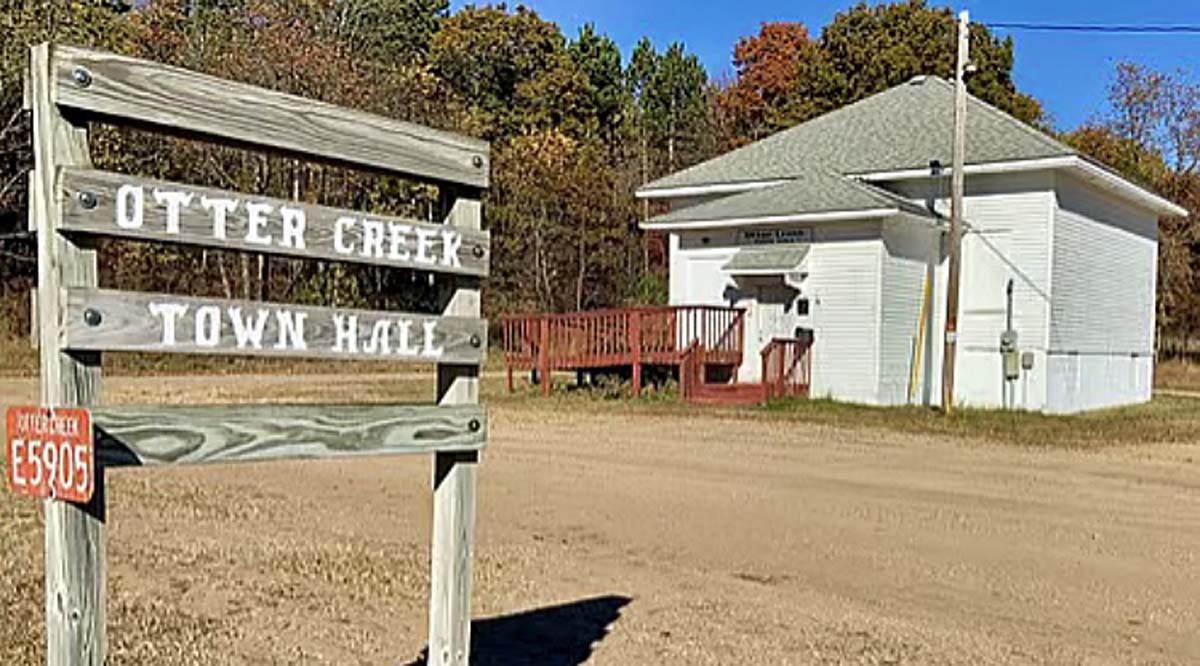
The DNR’s website for the BTRP includes this map (shown above) showing temperature and precipitation increases for every county in the state since 1950. During that time, both Barron and Dunn County have seen annual temperature increases of three degrees.
In addition, Barron County has witnessed a five percent increase in precipitation levels, while Dunn County’s increase has been 10 percent. Precipitation becomes an issue when heavy rainfall washes out nesting sites where trout have laid eggs.
After peaking in 2008, brook trout populations have been steadily declining since.
The DNR launched the program because of the current 22,000 miles of cold stream habitat in Wisconsin suitable for brook trout, it’s projected that two out of three of those miles will become too warm to support brook trout over the next 30 years because of climate warming.
In an effort to protect as much habitat as possible, the DNR has identified 54 Brook Trout Reserves in Wisconsin, with 205 sub-watersheds, where brook trout populations have the best chance of persisting for those next 30 years.
One of those watersheds is the Hay River/Red Cedar watershed, and one of the sub-watersheds is Vance Creek, which flows through my property near Prairie Farm.
Brook Trout Reserves need to have: 1) a self sustaining, naturally reproducing brook trout population; 2) the brook trout population exceeds that of nonnative trout; 3) limited or no brown trout stocking; and 4) at least two stream miles of future brook trout habitat likely to remain in 2050.
While Vance Creek is indeed viewed as a possible sustainable habitat for brook trout by 2050, it’s rated in the lowest, and therefore most vulnerable, of the DNR’s management strategies. They have classified it as “Vulnerable — Rehabilitation Opportunity — adaptation strategies can be employed to protect habitat.”
How Landowners Can Help
What can landowners adjacent to possible brook trout reserves do to help these fish survive? The DNR describes a number of steps, such as:
1) Protecting and enhancing wetlands on one’s property;
2) Making sure brook trout have room to move, which includes making sure culverts under roads aren’t impediments, and removing beaver dams;
3) Planting more trees and shrubs along the creek to provide shading;
4) Letting deadfall trees and brush lie in the stream for shade and cover;
5) Reforesting areas along the stream corridor; and
6) Storing and spreading manure away from open water and keeping row crops away from the stream.
Where to Find More Information
-
There’s an abundance of additional information on the BTRP website, and DNR officials are available to provide further consultation for any landowner interested in helping preserve our native species brook trout.
-
The DNR offers a streambank easement program through which they provide additional help to landowners.
-
The DNR’s County Fisheries Biologists can also offer assistance:
Barron County: Kyle Broadway [email protected] and 715-931-8181
Dunn County: Kasey L. Yallaly (General & the Red Cedar River) [email protected] and 715-977-7354

